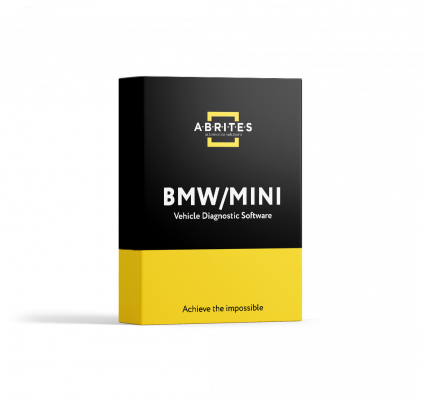
DIAGNOSING MODERN FUEL INJECTION SYSTEMS IN FOUR SIMPLE STEPS. SUCK, SQUISH, BANG, BLOW!
In the last few blog posts, we discussed the structure of modern fuel injection systems. It is now time to delve deeper into the diagnostic part of the vehicles.
There used to be a time that service “experts” would charge us 30-40 Euro to “clear our DTCs” once a year and that was our space diagnostics. Nowadays, everyone with a mobile phone and a device like MODI can do much more than that. Anyone in their right mind will start diagnosing issues in a fuel injection system in the following way:
1. Analyze the symptoms of the complaint. I am sure you have all heard or seen the “Customer states…” memes.
• When does the issue occur?
• How does it affect driving?
• What could cause it?
These simple questions will give you a rough idea of what the cause of most problems may be.
2. Visual inspection of the engine.
Is there something disconnected, a leak, we look for the obvious – a tear in wiring, dirt on the MAF sensor? Just a quick note from me – please, for the love of all that is Holy – advise customers to steer away from oil sprayed “performance” air filters promising 10, 15hp. One of my favorite M54B30 engines, because I always buy them from “enthusiasts” always comes with one of those, they always suck the oil in, it always creates running issues because it sticks to the MAF causing all sorts of incorrect measurements.
During the visual inspection of a non-running internal combustion engine, we have to note very few things:
Is there spark? Is there fuel going into the engine? Is the engine in time? These are the most important factors you need to consider.
Disconnect the injectors and see if the fuel pump takes fuel to them, disconnect the spark plug and see if it fires, rotate the engine twice clockwise (unless it’s a Honda) and see if it is in time according to the markings
3. After the visual inspection is completed, we can connect our diagnostic scan tool, preferably AVDI or MODI, and read the diagnostic trouble codes
– usually DTCs can give you a good enough idea but you MUST look at the car yourself.
4. Sometimes, due to the constant communication which occurs in modern vehicles’ CAN-BUS systems, there is constant information being exchanged, data from the modules talking to each other, communication between systems and sensors.
Many of the DTCs would occur due to under or overvoltage, missed messages and so on, these are the so called “parasitic” DTCs and they can be cleared, after you clear all the DTCs you can go into the car and repeat the conditions which lead to the problem in the first place – usually in this situation you will have a DTC which will point you correctly to your culprit.
5. Most check engine lights occur in relationship to the ecological part of how an engine works.
This is why we need to be very systematic and the four steps from above together with just a pinch of common sense we can safely say that we are ready to perform diagnostics on the modern fuel injection system.
Alek
 TCU Personalization Without FBS4 Data
TCU Personalization Without FBS4 Data
 BDC2 Replacement and Mileage Reset for BMW
BDC2 Replacement and Mileage Reset for BMW